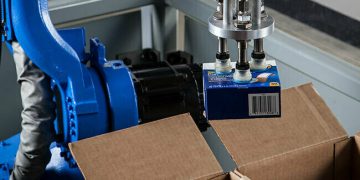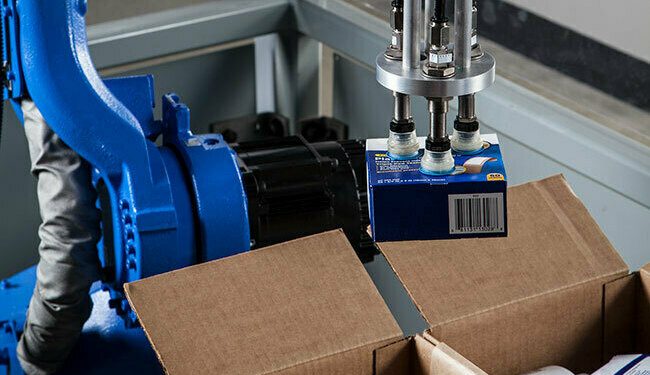#PackagingInnovation #SustainablePackaging #TestingStandards #MaterialReduction #WasteReduction #Automation #UserExperience #PackagingDesign #BudgetConstraints #SafetyStandards
Industrial Physics, a leading packaging testing and inspection provider, conducted a survey among 284 packaging professionals in various industries, shedding light on the pressures and risks associated with packaging innovation. The research highlights the importance of exploring new developments in the packaging industry and identifies key challenges and opportunities for the future. Discover the driving forces behind packaging innovation, the obstacles faced by professionals, and the potential avenues for growth in the coming years.
Industrial Physics recently conducted a comprehensive survey involving 284 packaging professionals from consumer goods, food and beverage, and medical and pharmaceutical industries. The research aimed to gauge the opinions of packaging decision-makers regarding industry innovation. An overwhelming 96% of respondents emphasized the significance of exploring new developments in the packaging sector.
The research identified several specific goals that are driving change in the industry. Waste reduction emerged as the primary objective for 57% of respondents, followed closely by reducing the cost of packaging (55%) and sustainability (53%).
When examining the challenges faced by packaging innovation in 2023, a few key factors stood out. Firstly, current testing standards and limited testing capabilities were cited as significant obstacles. A substantial 40% of professionals highlighted the lack of appropriate standards, while 29% struggled with outdated standards. Additionally, 32% reported that their technology was unequipped to meet the standards, and 26% found it challenging to understand or interpret the testing requirements.
Another crucial challenge revolves around the cost of materials. Allocating budget to other departments (53%), profit margins (52%), and the difficulty of justifying return on investment (ROI) (52%) were identified as the most significant barriers to overcome.
Despite the challenges, the research also revealed several opportunities for packaging innovation in the next five years. Respondents highlighted the potential for advancements in packaging testing processes, automation, and equipment. User experience-driven packaging design and waste reduction were also recognized as avenues for innovation. Furthermore, the adoption of plant-based or biodegradable coatings for packaging materials emerged as an area of interest for professionals.
The report emphasized that manufacturers prioritize the quality (70%) and safety (61%) of packaging when pursuing innovation. Sustainability is another crucial aspect, with material choice (53%), production processes (51%), and material reduction (49%) identified as the primary areas for development over the next five years.
While there has been progress in sustainability efforts, challenges remain. A senior director analyst at Gartner Supply Chain, John Blake, raised concerns about the feasibility of many sustainable packaging commitments and the lack of communication with executive leaders. It is essential for industry professionals to bridge this gap and ensure that sustainable practices are implemented effectively.
Greg Wright, CCO of Industrial Physics, acknowledged the immense pressure faced by packaging professionals in balancing sustainable preferences, budget constraints, and evolving legislation. He emphasized that accelerating packaging innovation should never compromise the safety of customers.
The research conducted by Industrial Physics sheds light on the pressing challenges and promising opportunities in the packaging industry. As companies strive to meet consumer demands, reduce waste, and enhance sustainability, it is crucial to address testing standards, overcome budget limitations, and foster effective communication between stakeholders. By navigating these challenges and capitalizing on the identified opportunities, packaging professionals can drive meaningful innovation while ensuring the safety and satisfaction of customers.

































